We help aesthetic brands grow, get chosen, and stay booked.
No shortcuts. No templates. No low-cost guessing games. Just premium marketing, tailored for practices and brands who expect more.
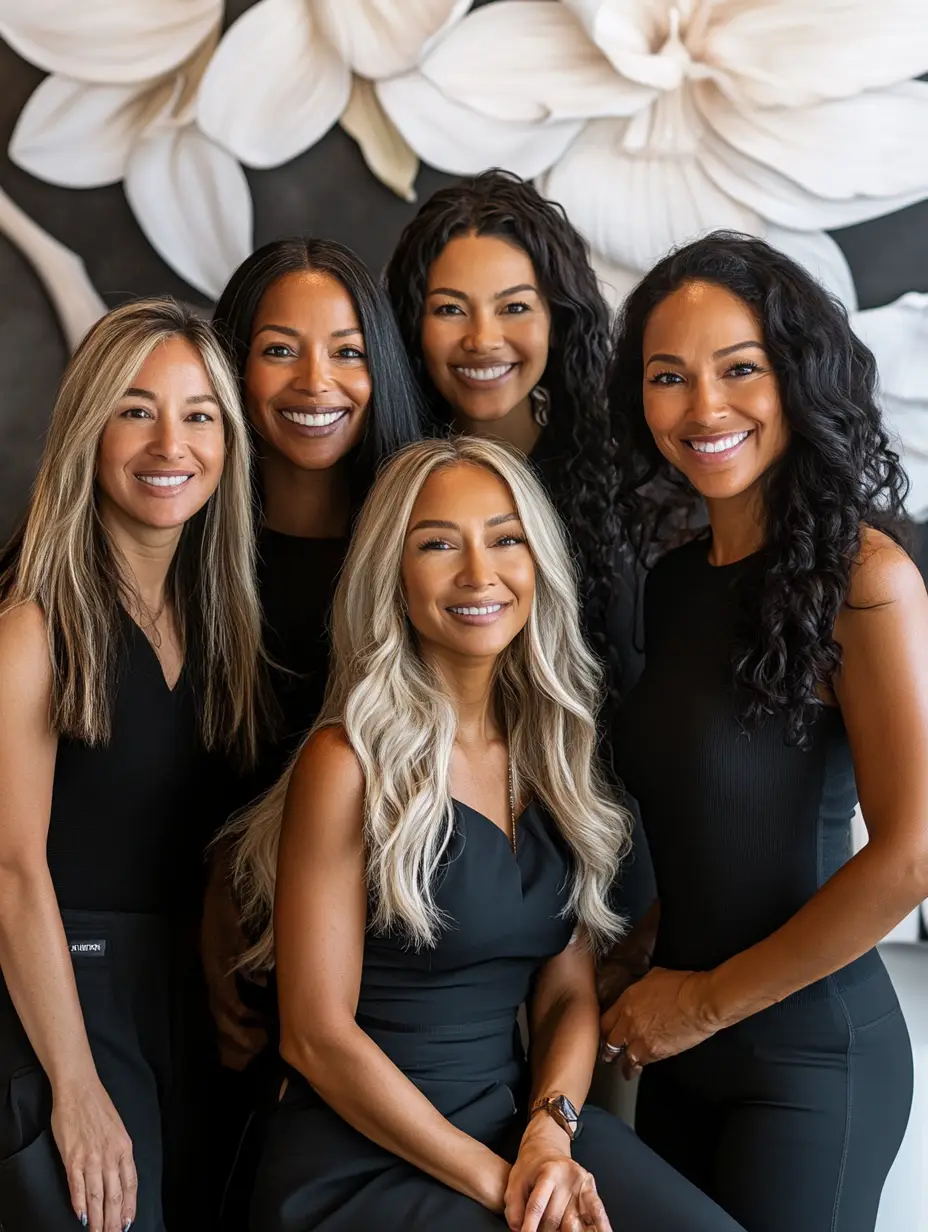
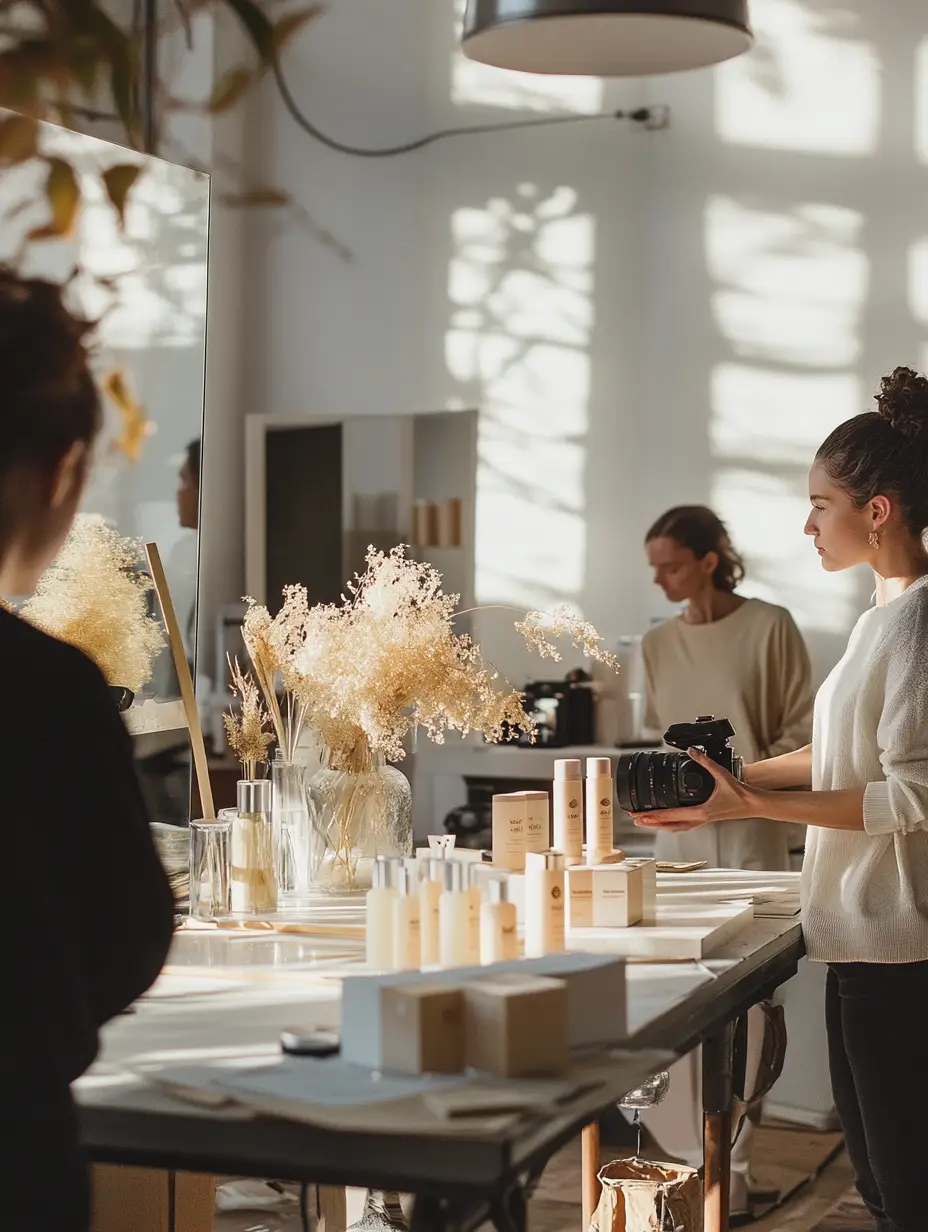
From strategy and creative to paid campaigns and optimization, everything we do is designed to elevate your brand, build trust, and drive real revenue growth.
No shortcuts. No templates. No low-cost guessing games.
Just premium marketing, tailored for practices and brands who expect more.
We specialize in marketing for aesthetic practices and brands. From clinical services to beauty products, our work is built to attract, convert, and elevate businesses in the aesthetics space.
We offer full-service marketing designed specifically for aesthetic practices and beauty brands. Whether you’re looking to increase bookings, launch a new product, or elevate your brand presence, our services combine strategy, creativity, and performance to help you grow faster — and smarter.

We manage your full social presence to help you attract, engage, and convert your ideal audience. From branded posts and story content to high-performing Meta ad campaigns, we make sure your social media doesn’t just look good — it drives bookings, builds trust, and fuels growth. Whether you’re aiming to grow organically or scale through paid traffic, we’ve got you covered.
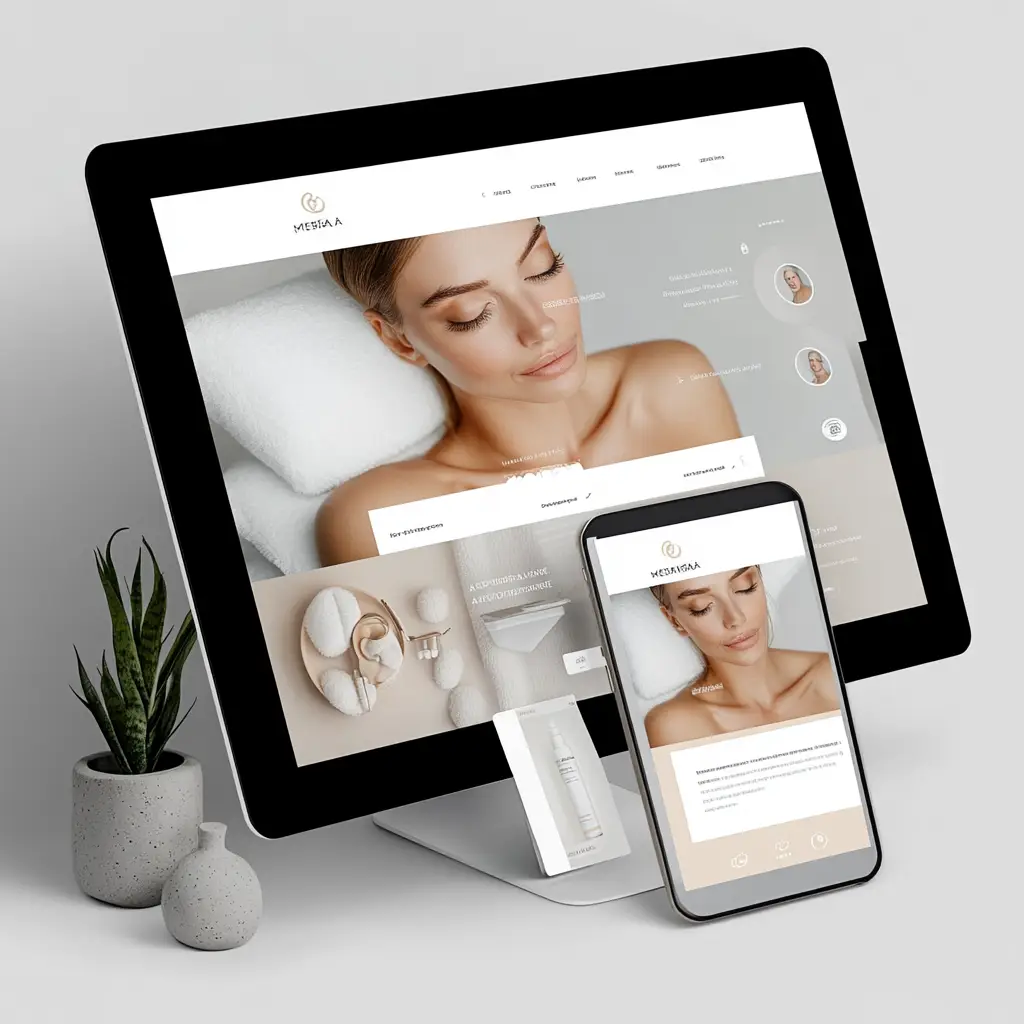
We design high-converting, beautiful websites that represent your brand and make it easy for clients to take action. Whether you’re a clinic or a beauty brand, your site will look polished, load fast, and drive bookings or sales.

We create compelling content that reflects your expertise, services, or products — from photography to blogs to email visuals. Our content builds trust, educates your audience, and positions you as a leader in the aesthetic space.
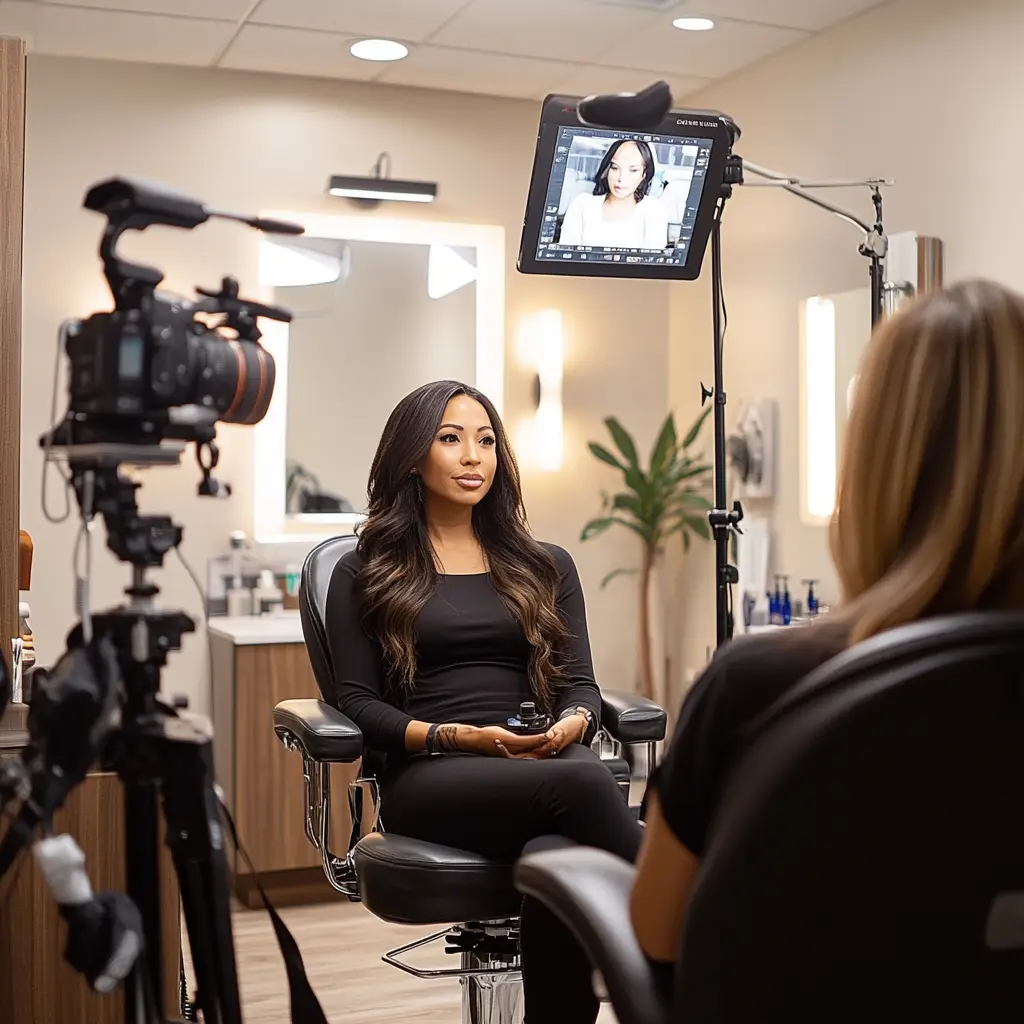
Video is the most powerful way to connect and convert. We create short-form and long-form videos to highlight your services, team, brand, and client experience — optimized for social, web, and paid ads.

We combine traditional SEO with modern AI optimization so your business shows up on Google, ChatGPT, Gemini, and other AI-driven platforms. From on-page content to local listings and search-ready blogs, we make sure your business is discoverable everywhere that matters.
Let’s talk about how we can elevate your marketing, increase your bookings, and build a brand that stands out in a crowded industry. Start with a free discovery call — no pressure, just strategy.
We started Prime Aesthetic Media with a simple goal: help MedSpas, plastic surgeons, dentists, and beauty brands grow through beautiful, effective marketing. With deep industry expertise and a hands-on creative team, we bring strategy, content, and performance together — so your business can scale with clarity and confidence.
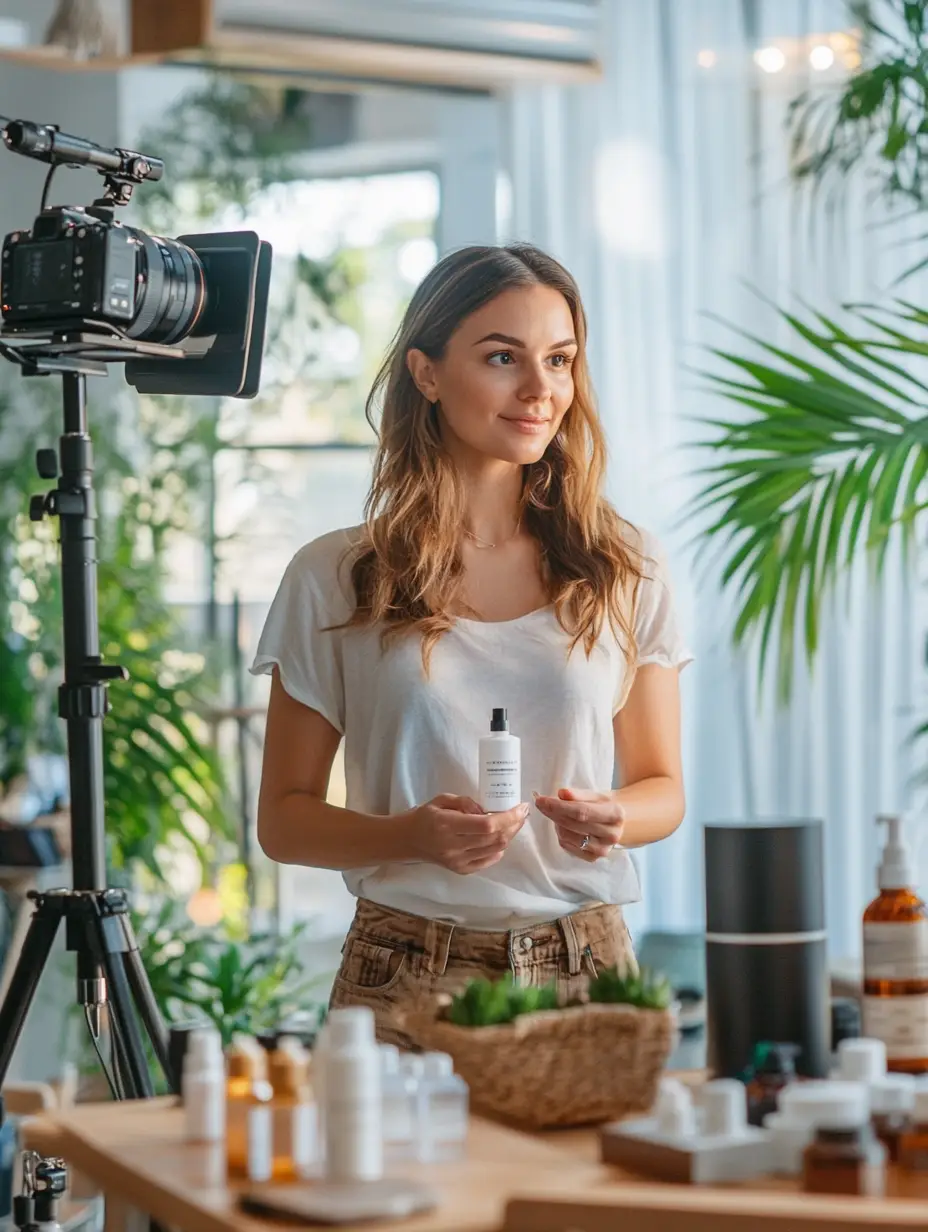
We only work with businesses in the beauty and wellness space — we speak your language and know what converts.
From reels to web content, everything we produce is built to look great and drive actual business results.
We don’t stop at content — we manage the entire customer journey, from awareness to booking and retention.
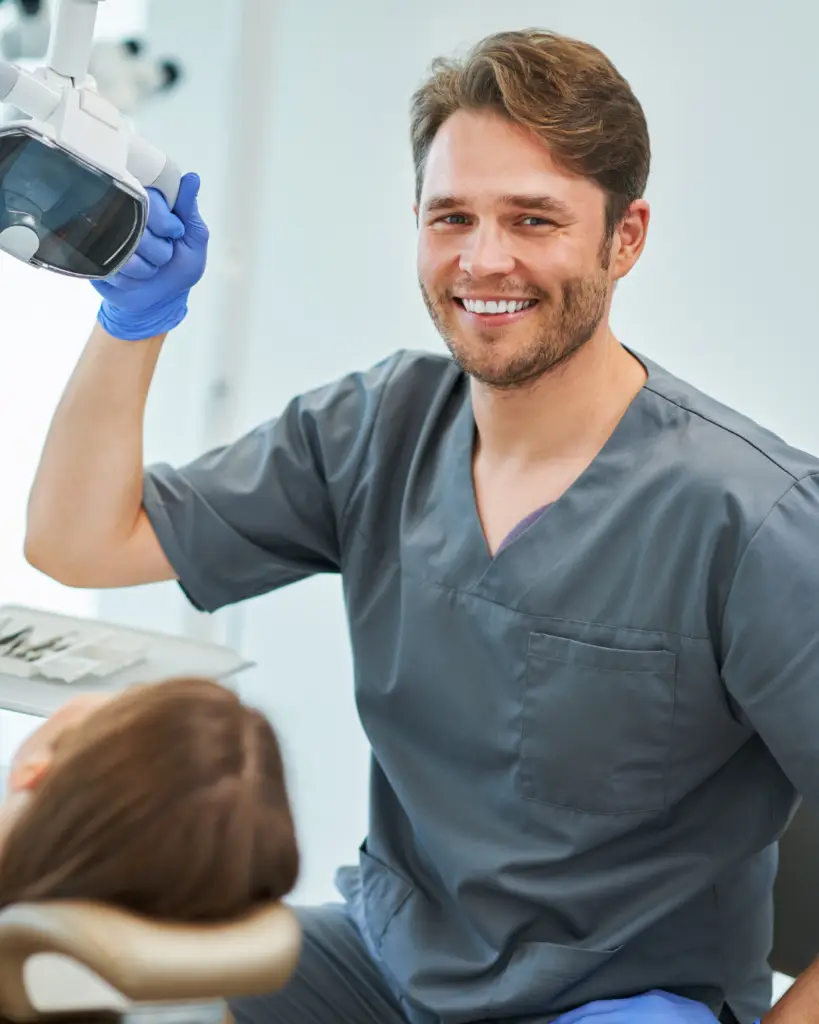

Owner
They completely took over our marketing and made it effortless. The results were noticeable within weeks — more inquiries, better clients, and a polished brand.

RN Injector
It finally feels like we have a real partner. They know what works in this industry and executed everything with professionalism and precision.

Medical Director
The quality of their work speaks for itself. Our visuals, online presence, and client engagement are all at a new level — and our calendar shows it.

Practice Manager
Explore expert tips, marketing strategies, and industry trends designed to help aesthetic practices and beauty brands grow. Whether you’re looking to book more clients, improve your brand, or stay ahead of the competition — it all starts here.
Whether you’re just starting or scaling fast, we’ll show you exactly how we can help your aesthetic business stand out and succeed.
Fill out the form to schedule a free strategy call with our team.
We’ve worked with other marketing companies before, but none understood the MedSpa space like this team. The content, ads, and strategy all aligned perfectly with what we needed.